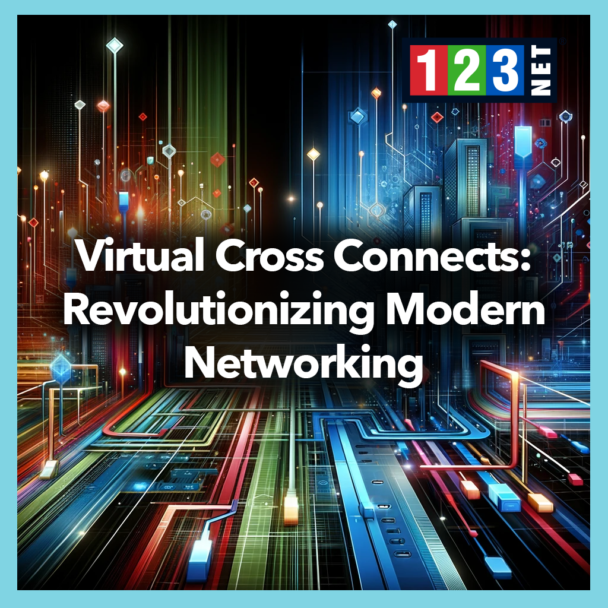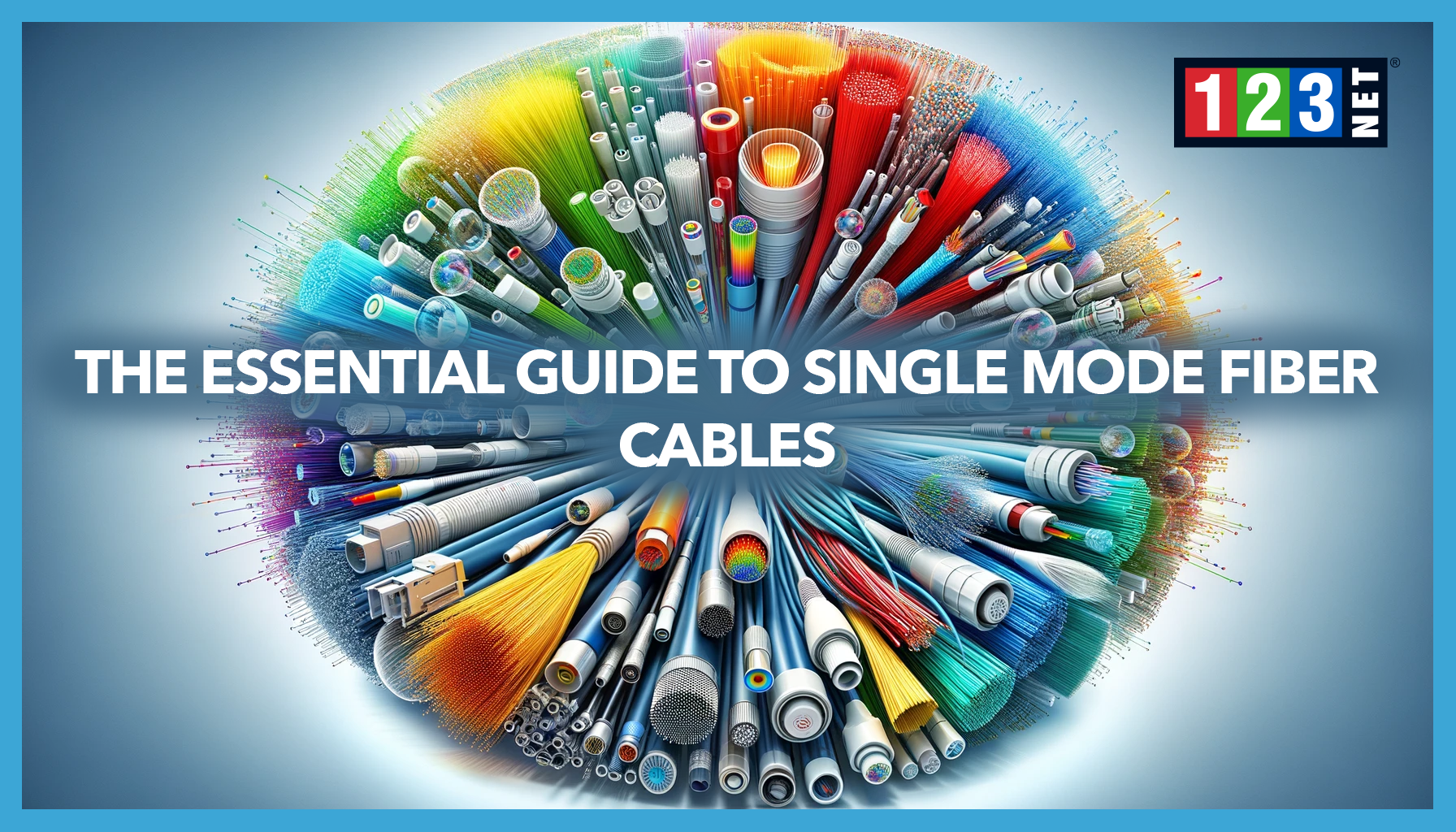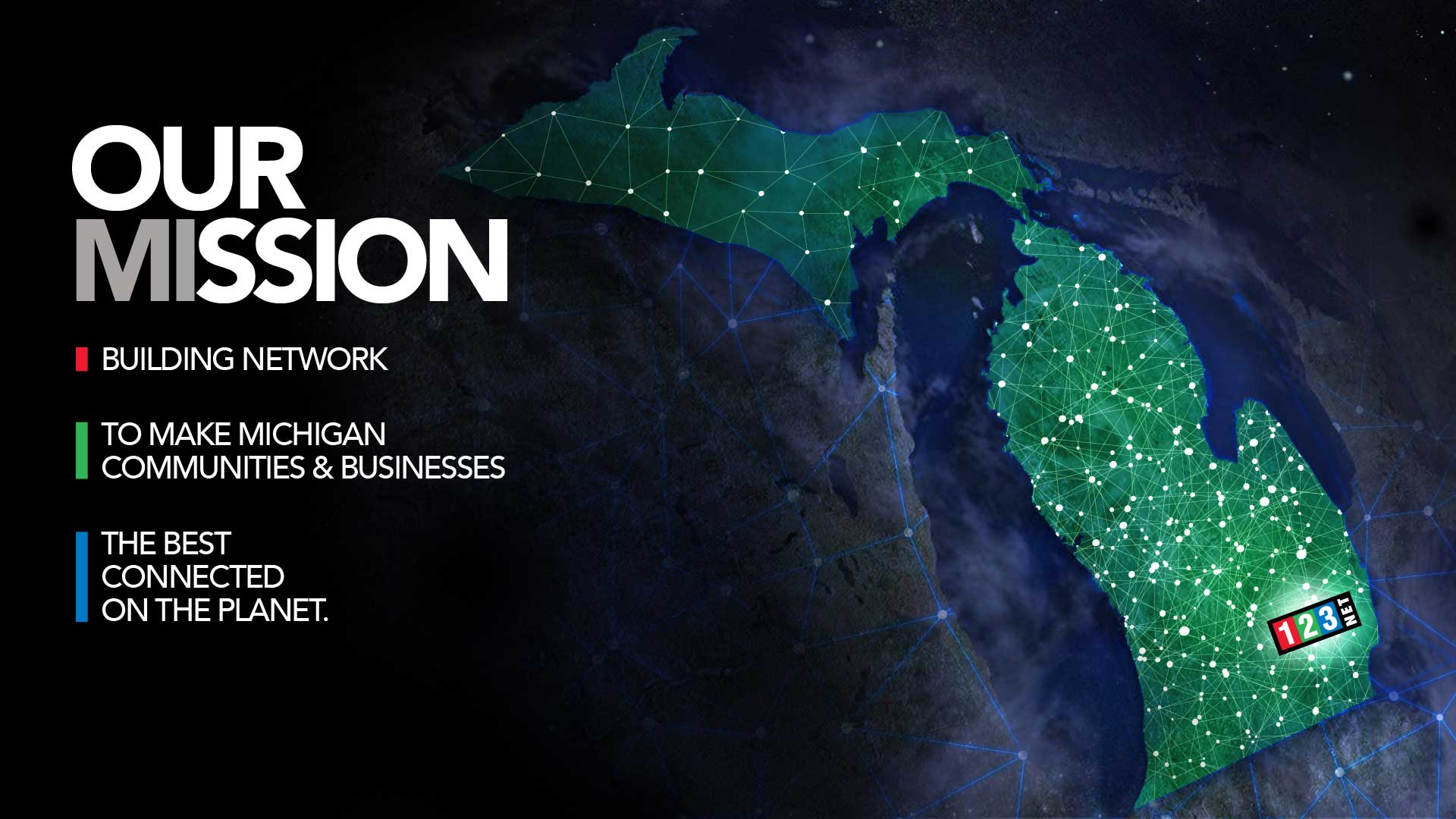
Introduction
Virtual Cross Connects (VXCs) are revolutionizing the way we think about data center interconnectivity and network architecture. At their core, VXCs allow for the direct, virtual linking of two different points within a network without the need for physical cabling. This innovative approach is not only redefining scalability and flexibility within networks but is also a critical in cloud computing and multi-cloud strategies. The importance of VXCs in modern networking cannot be overstated. They offer secure network connections that facilitate bandwidth optimization and latency reduction. This is crucial for businesses aiming to leverage cloud service providers effectively. In this article, we’ll delve deep into understanding VXCs, explore their benefits, discuss various use cases, address implementation challenges.
Understanding Virtual Cross Connects
Virtual Cross Connects (VXCs) are transforming data center networking by enabling virtual connections between network segments. It is bypassing the need for physical wiring. This innovation not only underscores the adaptability of VXCs but also their critical role in scalable networking solutions. Unlike traditional physical cross-connects, VXCs leverage software configurations to establish secure connections. It is introducing a level of flexibility previously unattainable in network architecture.
Central to VXC technology is its capacity to forge direct, secure, and efficient links between network nodes. This capability is invaluable in data centers that demand rapid scalability and the ability to swiftly modify network setups. With VXCs, changes to network configurations can be made virtually, eliminating the time and expense associated with physical adjustments. This not only minimizes downtime but also significantly lowers operational costs.
The essence of VXC functionality lies in its ability to efficiently connect customers and cloud service providers through secure pathways. This aspect is crucial in environments where network flexibility and scalability are paramount. VXCs champion a dynamic approach to network architecture, facilitating seamless adjustments to network setups without the logistical challenges of physical infrastructure changes. The transition to VXCs represents a leap forward in network management. It is offering a solution that accommodates the fast-paced, ever-evolving demands of modern data centers and cloud computing landscapes.
Benefits of Virtual Cross Connects
The introduction of Virtual Cross Connects (VXCs) marks a significant shift in network connectivity, offering numerous benefits over traditional methods. At the heart of VXCs’ advantages are scalability and flexibility. These systems allow businesses to dynamically adjust their network infrastructure according to changing bandwidth needs. This adaptability is particularly valuable for entities utilizing cloud service providers or engaging in multi-cloud strategies, facilitating effortless adjustments to connectivity.
Cost Efficiency
A major draw of VXCs is their cost efficiency. By sidestepping the need for physical cabling and the associated labor for setup and maintenance, VXCs present a cost-effective solution for network infrastructure. The move towards a virtual configuration substantially lowers both capital and operational expenditures, presenting an appealing alternative for businesses seeking to optimize their network investments.
Enhancing Network Performance
Beyond cost savings, VXCs significantly enhance network performance. They establish direct, optimized routes between network points, enabling data to move more swiftly and reliably. This improvement in data transmission speeds is pivotal for applications that depend on real-time processing, thereby boosting the user experience and operational productivity. The reduction in latency not only facilitates immediate data exchange but also supports the seamless operation of critical applications, underlining the transformative impact of VXCs on modern networking practices. Through these advancements, VXCs not only redefine network efficiency but also usher in a new era of connectivity that aligns with the demands of contemporary digital landscapes.
Use Cases of Virtual Cross Connects
Enhancing Cloud Connectivity
Virtual Cross Connects (VXCs) have emerged as a cornerstone technology in modern networking, finding applications across a spectrum of critical and innovative domains. A prime area where VXCs excel is in enhancing cloud connectivity and enabling sophisticated multi-cloud environments. They provide businesses with the means to securely and efficiently link with multiple cloud service providers. This capability is instrumental in refining cloud strategies and fortifying data center interconnectivity, thus facilitating a more resilient and flexible network infrastructure.
Disaster Recovery
In the realms of disaster recovery and business continuity, the agility of VXCs becomes evident. They offer organizations the ability to quickly set up redundant connections to alternative sites or backup systems. This rapid deployment capacity ensures business operations can continue with minimal interruption. Even in the face of unforeseen disasters, thereby mitigating potential downtime and data loss significantly.
Financial Exchanges
Moreover, VXCs have a critical role in sectors demanding high-speed and reliable connections. Such as financial exchanges and the burgeoning Internet of Things (IoT) landscape. For financial institutions, the robust and swift connectivity offered by VXCs is vital for executing time-sensitive transactions. While in the IoT sphere, VXCs support the seamless interaction among a vast array of devices, enabling real-time data exchange and analysis.
The utility of VXCs in these scenarios highlights their adaptability and efficiency in addressing diverse connectivity challenges. Whether it’s securing a company’s cloud infrastructure, safeguarding against operational disruptions, or facilitating high-stakes financial trades, VXCs stand out as a versatile solution. Their ability to cater to a wide range of networking needs not only demonstrates their value in current technological setups but also underscores their potential to shape future connectivity landscapes.

Implementation Challenges and Solutions
The adoption of Virtual Cross Connects (VXCs) brings transformative benefits to network architecture, enhancing scalability, flexibility, and efficiency. However, implementing these virtual connections introduces challenges, particularly in areas of security and integration with established network infrastructures. Ensuring the security of network connections in a virtualized environment is paramount. It necessitates the deployment of stringent security protocols to thwart unauthorized access and protect against data breaches. The implementation of robust encryption and sophisticated authentication mechanisms is crucial for safeguarding the privacy of data flowing.
Another significant hurdle is ensuring seamless integration with existing network infrastructure. Organizations are tasked with guaranteeing that their current network setups are compatible with VXCs. This often involves meticulous planning and may necessitate upgrades to hardware or software systems to accommodate the new virtualized connections. To navigate these complexities, adopting best practices in deployment and management becomes indispensable. Rigorous testing and continuous monitoring are essential strategies to identify and rectify potential issues early in the implementation phase.
Furthermore, embracing a proactive approach to network management can help in overcoming these challenges, facilitating a smoother transition to VXCs. By addressing security concerns through advanced protective measures and ensuring compatibility through strategic planning and system upgrades, organizations can leverage the full potential of VXCs. This approach not only mitigates the risks associated with virtual connections but also paves the way for a more adaptive and efficient network infrastructure. It is underscoring the importance of strategic implementation in harnessing the advantages of VXCs.
Future of Virtual Cross Connects
5G Technology
As we look to the future, Virtual Cross Connects (VXCs) stand at the cusp of remarkable evolution. It is propelled by continuous technological advancements and the shifting dynamics of digital connectivity. The advent of 5G technology and the proliferation of edge computing are poised to significantly augment the performance of VXCs. These developments promise to deliver faster and more reliable network connections, meeting the burgeoning needs of data-heavy applications and services. This enhancement is particularly crucial in an era where the volume and speed of data transmission are paramount to the functionality of digital ecosystems.
Network-as-a-Service (NaaS)
Over the next decade, VXCs are anticipated to become a cornerstone of Network-as-a-Service (NaaS) models. This integration is expected to offer unprecedented flexibility and scalability in network management. It is allowing businesses to adapt their infrastructure dynamically to meet evolving demands. The role of VXCs in facilitating this transition cannot be understated; they are set to enable a more fluid and efficient deployment of network resources across a variety of sectors.
Moreover, as the digital transformation journey accelerates, VXCs will play a pivotal role in bridging the connectivity gap. Their ability to provide seamless, high-quality connections will be instrumental in supporting scalable networking solutions and advancing multi-cloud strategies. This will not only enhance operational efficiency but also foster innovation across industries. It will be making VXCs an indispensable asset in the future of networking. The trajectory of VXCs is clear: they are moving towards becoming a key enabler of the next generation of digital connectivity. It is underscoring their potential to reshape the landscape of network architecture.
FAQs Section
- What are the main differences between VXCs and physical cross connects? VXCs facilitate virtual connections between network points without the need for physical cabling, offering greater flexibility and scalability compared to traditional physical cross-connects, which rely on physical wires and are more static in nature.
- Can VXCs be used for connections between different data centers? A: Yes, VXCs are ideal for establishing secure and efficient connections between different data centers, supporting data center interconnectivity and enabling robust disaster recovery and business continuity strategies.
- How do VXCs enhance network security? A: VXCs enhance network security through virtualization, allowing for the implementation of advanced encryption and authentication mechanisms that protect data as it traverses the network, ensuring secure network connections.
- What are the technical requirements for implementing VXCs? A: Implementing VXCs typically requires a network infrastructure that supports virtualization and software-defined networking (SDN). Organizations may need to upgrade their hardware or software systems to accommodate VXCs and ensure compatibility with existing network components.




